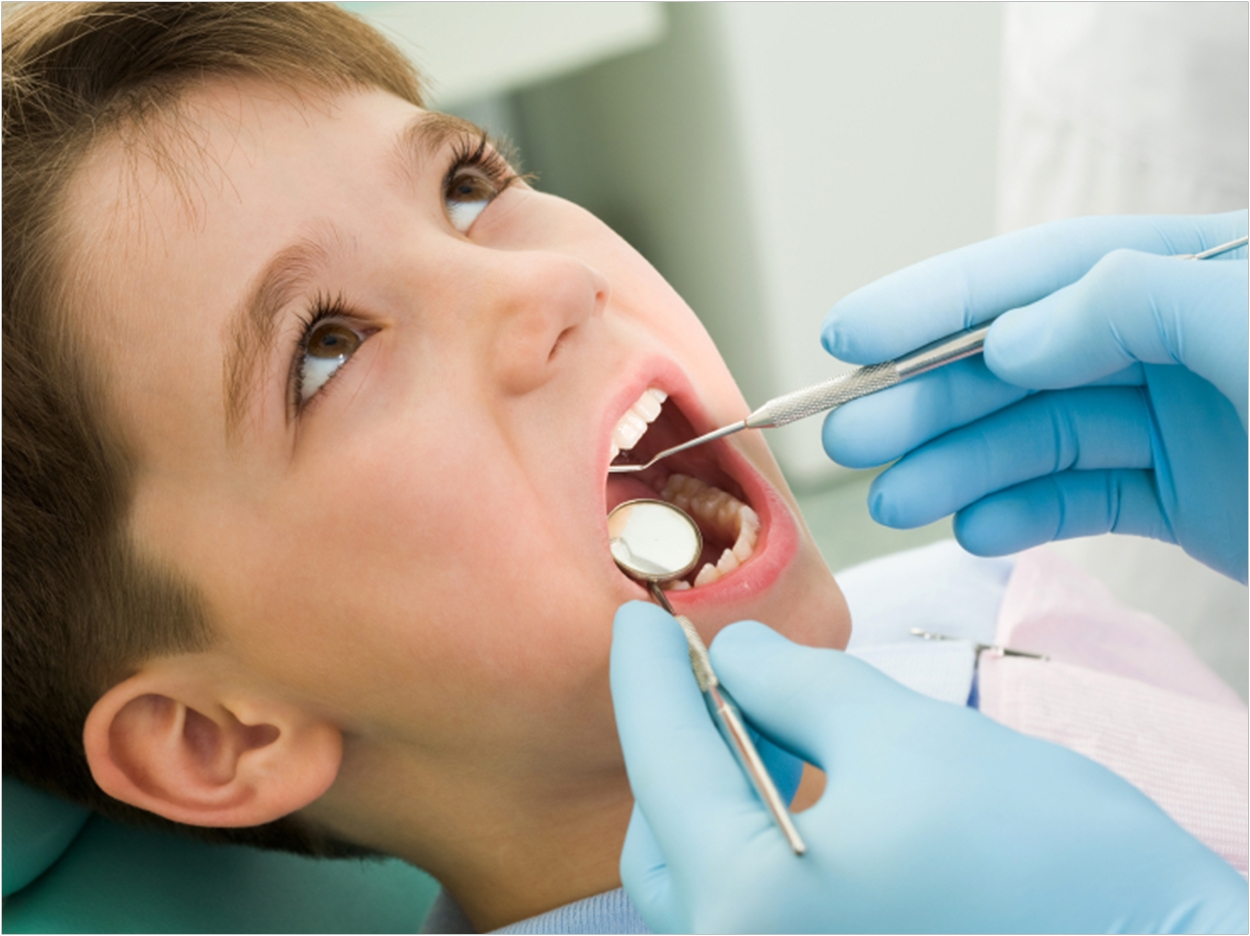
As tooth decay continues to affect more children than any other disease, researchers at Umeå University in Sweden have found a connection between genetic immunity deficiencies and an increased risk of dental caries affecting about one in every five children. The researchers believe their findings could lead to better methods for identifying high-risk patients and treating their caries.
In a five-year study, the researchers analyzed the saliva and isolated bacterial strains from 452 children between the ages of 12 and 17 years while monitoring their dental health, finding that some high-risk children have a more virulent variant of Streptococcus mutans. The researchers also found that high-risk children also have genetic defects in innate and adaptive immunity, making them more vulnerable against oral bacteria and streptococci in general.
“Most people consider caries to be a lifestyle condition caused by bad eating and oral hygiene routines that lead to acidic pH levels in the mouth, which in turn damage the enamel and promote the colonization of acid-producing bacteria such as S mutans,” said Nicklas Strömberg, professor and head of the Department of Cariology at Umea University and first author of the study.
“Our results now show that this correlation is accurate for approximately four out of five individuals who have a small to moderate risk of developing caries because their composition of salivary innate immunity proteins makes them relatively resistant to caries,” said Strömberg.
“However, we have shown that so-called high-risk individuals, which are about one in five individuals, carry a genetically different composition of the same salivary innate immunity proteins, making them highly susceptible to caries independent of eating or oral hygiene habits or S mutans infection,” said Strömberg.
One in five children in Sweden is considered at high risk of developing dental caries. These high-risk individuals don’t respond to traditional caries prevention or treatment, and biomarkers can’t predict their future risk of caries. Chronic caries infection and missing teeth also are risk factors for systemic diseases such as stroke and cardiovascular diseases.
After genetic analysis of their DNA, the subjects were divided into various risk groupings based on their genetic variation in PRH1 and PRH2, which are encoding salivary acidic proline-rich proteins. At a five-year follow-up, the researchers could see how caries had developed in the various risk groupings.
The research showed that children with high susceptibility or risk for caries had defective proteins in their saliva. These proteins were acidic and basic proline-rich proteins and the adhesive protein salivary agglutinin, or DMBT1. The researchers believe the defective proteins probably fail to mediate the same innate and adaptive immunity responses that serve to protect individuals with small to moderate caries risk from the oral bacterial flora.
Allelic variation in PRH1 and PRH2 separate children into different caries susceptibility or risk groupings. Children with a low to moderate susceptibility or risk for caries along with a genetically intact set of proteins developed caries from bad eating, poor oral hygiene, and S mutans infection. Children with high susceptibility develop caries due to the immune deficiency independently of eating or oral hygiene habits or S mutans infection.
Accordingly, when children were treated with dental braces, the high-risk children exclusively developed several times more caries after five years. The researchers believe this is due to plaque accumulation and impaired saliva flow as a result from the dental braces.
“This new knowledge about genetic susceptibility groupings could be used to improve individualized dental care. Children in the higher risk group could then be diagnosed before caries lesions and symptoms arise. In this way, prevention could be implemented at a young age when caries can be prevented more easily,” Strömberg said.
“High-risk children can presently be treated with intensified prevention, and in the future we will hopefully be able to use immune-supplementation as a way to strengthen their oral immunity,” Strömberg said.
The researchers note that dental costs including those pertaining to caries treatment amount to 5% of global healthcare costs. Caries also are the most common cause of filling failures and prosthetic replacements, the researchers say. The ability to detect high-risk individuals early then could yield large savings for society and individuals both in terms of suffering and costs, the researchers believe.
The study, “Genetic- and Lifestyle-Dependent Dental Caries Defined by the Acidic Proline-Rich Protein Genes PRH1 and PRH2,” was published in EBioMedicine.
Related Articles
Virulent Bacterium Variant Increases Caries Risk in Children
Kids Acquire S Mutans from Outside of Their Families Too
Small Molecule Impedes or Prevents Cavities


